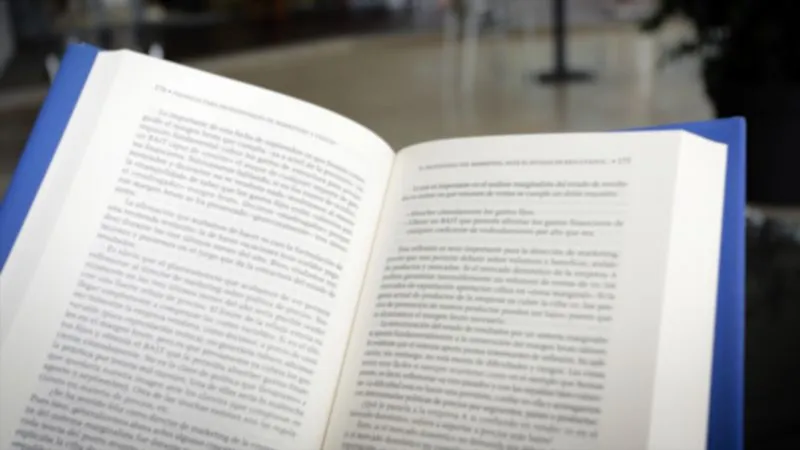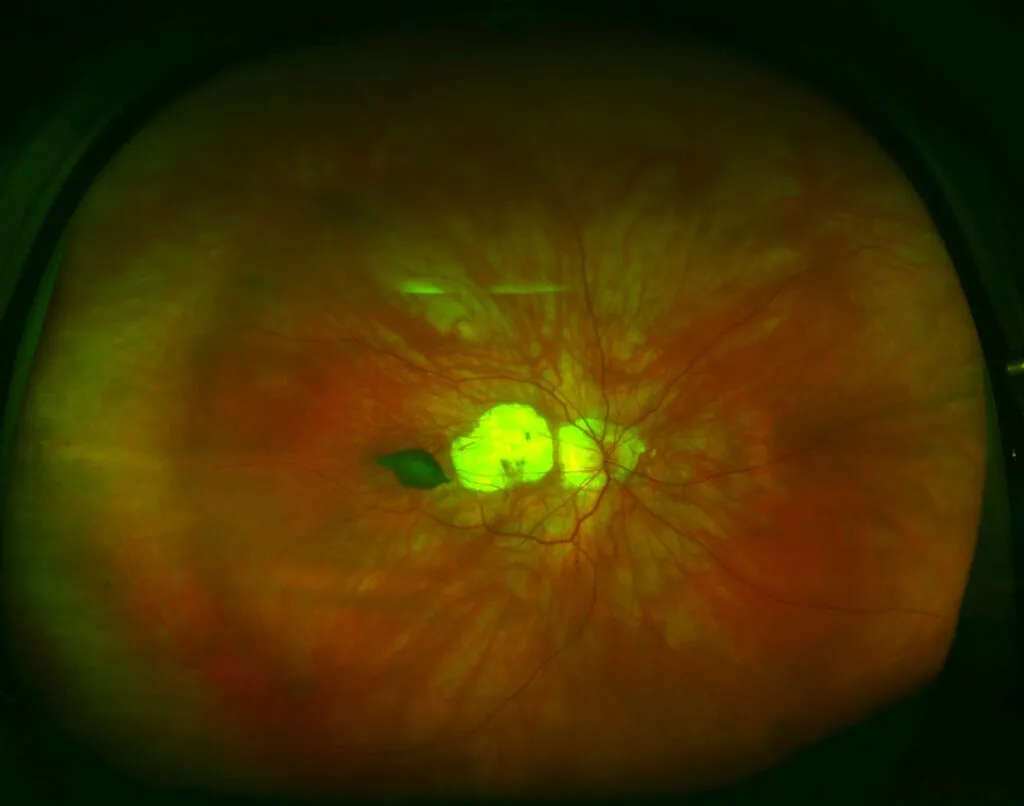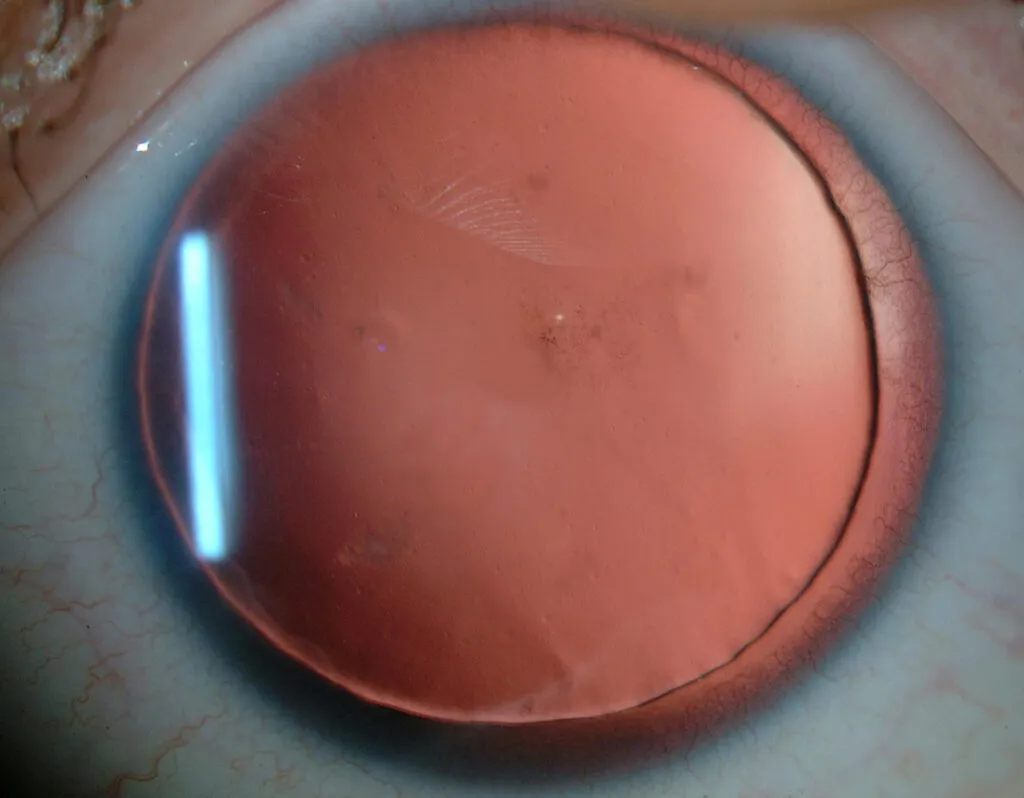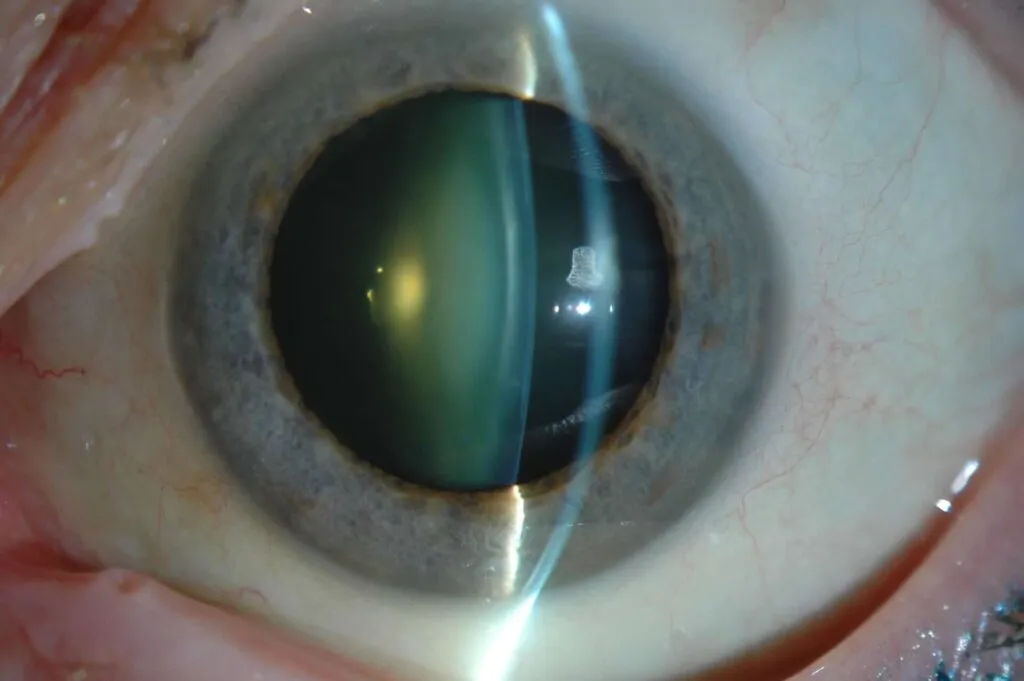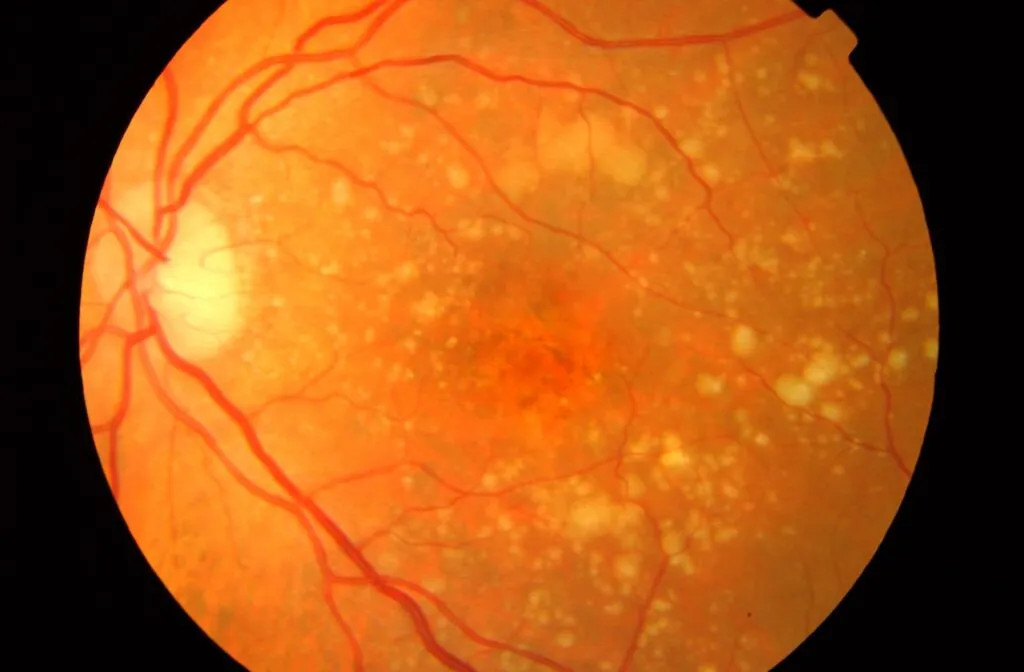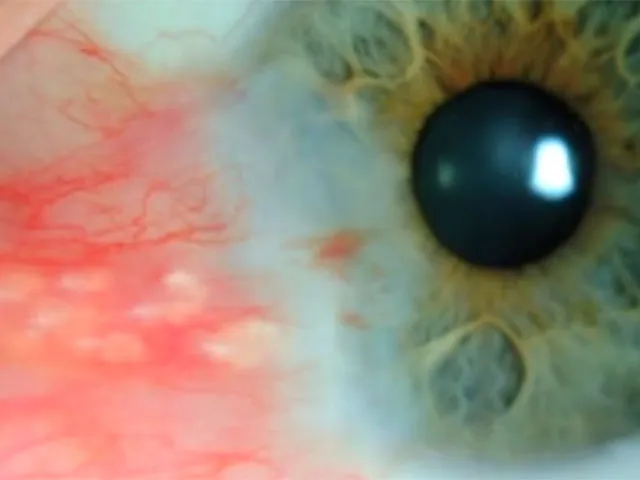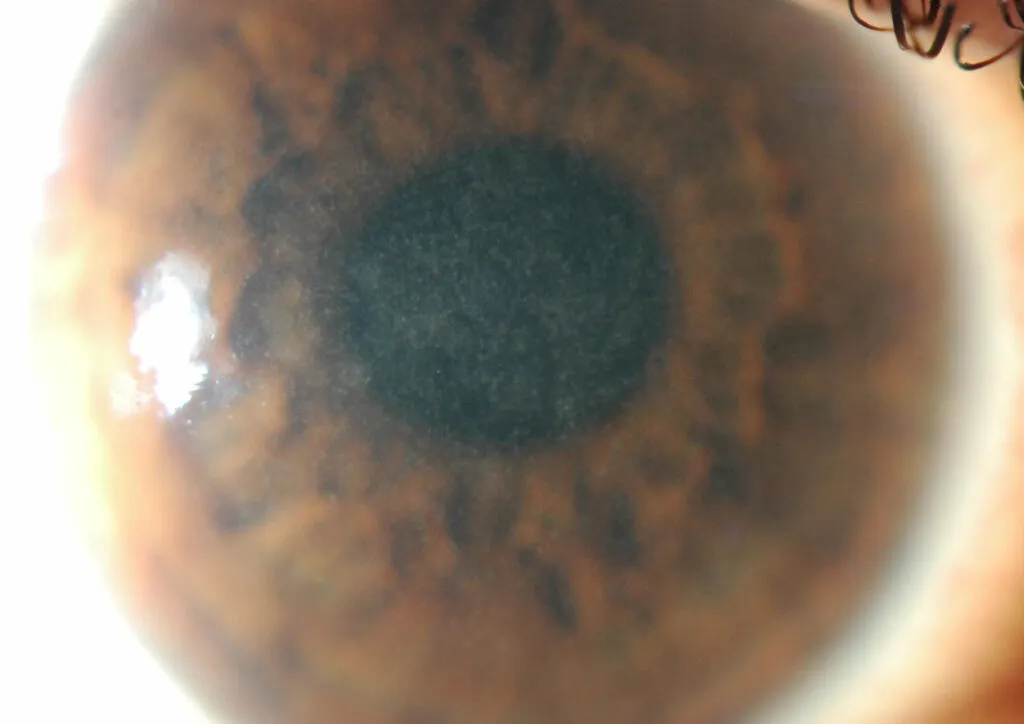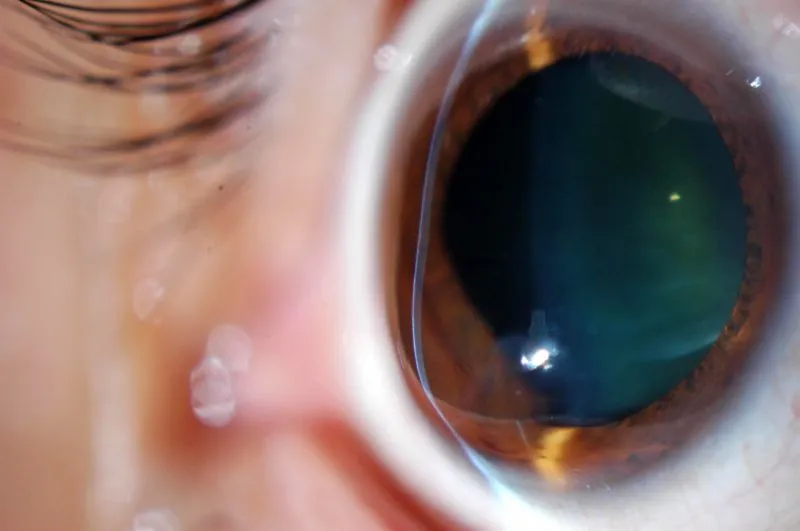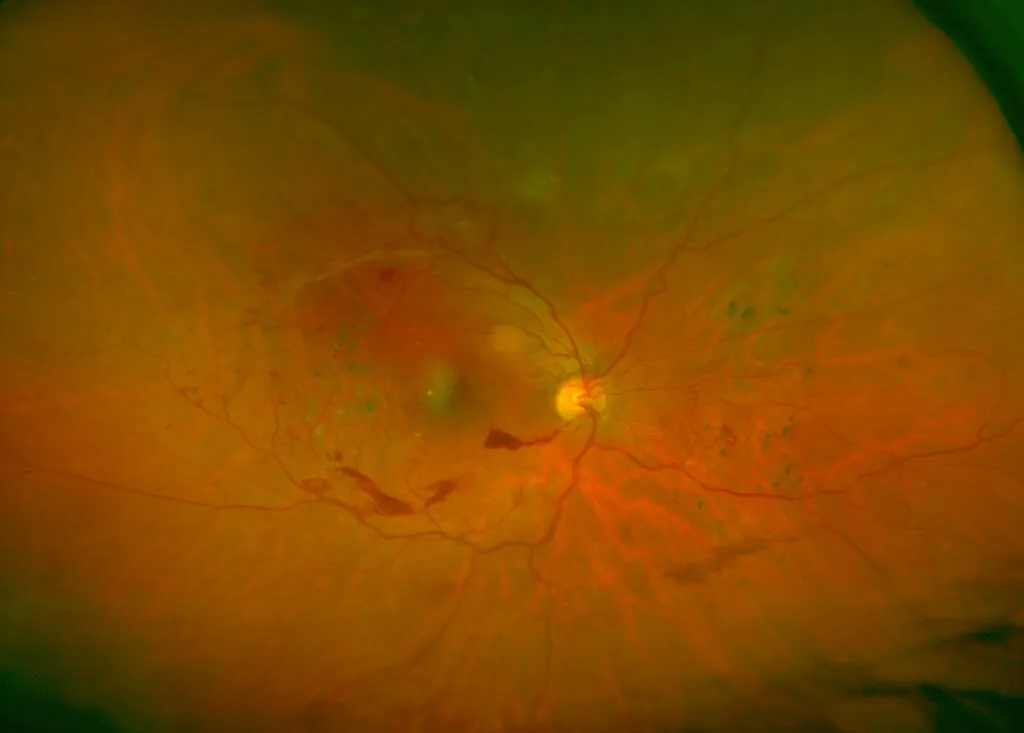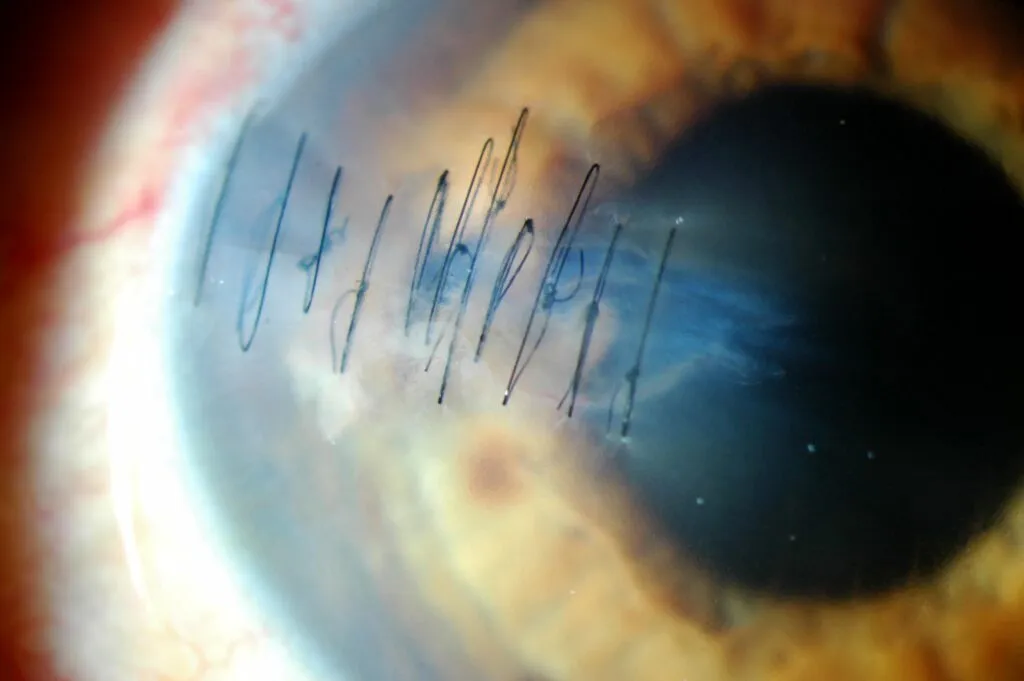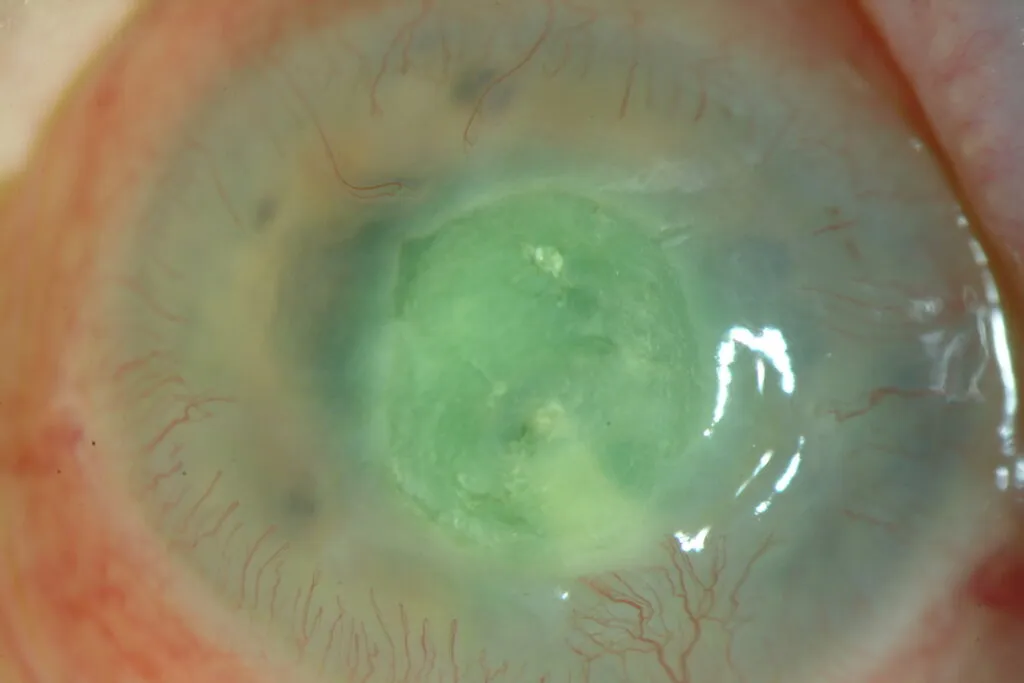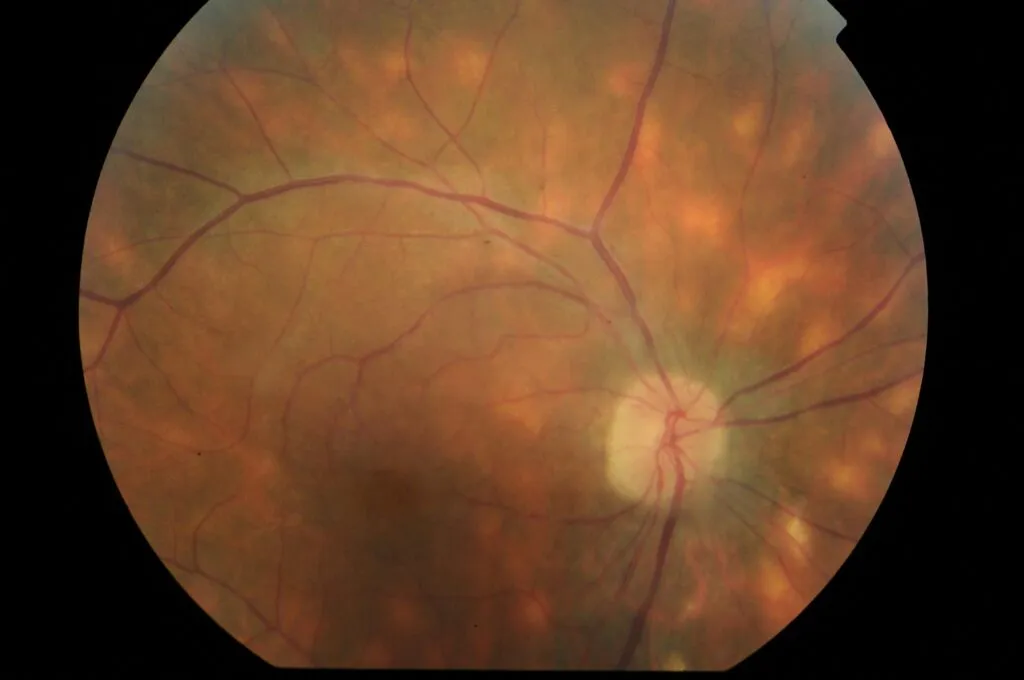Symptoms
Blurred vision near and far


What is blurred vision?
Blurred near, distance or overall vision is a problem related to visual acuity. In other words, the eye has difficulty in focusing on objects in the surrounding area that you want to see and notice that you cannot see clearly due to different reasons and for a varying amount of time.
Associated pathologies
Some circumstances are not often serious and blurred vision might be occasional and short-lived. This is the case of eye fatigue, one of the most frequent problems today due to the major use of devices with a screen and to focusing on a specific point very nearby for a prolonged period. Other situations that might cause blurred near and distance vision are the impact of light (going from a dark place to a very bright place, the flash of a camera, etc.), a sudden drop in blood pressure (usually when you get up quickly from bed or the sofa), a lack of sleep, migraines or intense headaches, poor contact lens maintenance, or dry eye due to air conditioning or heating, etc.
Pregnant women also often suffer from blurred vision during pregnancy, given the hormonal changes that change the shape of the cornea and contribute to dry eye, a factor linked to blurred vision. In this case, the change in vision generally disappears without causing complications after giving birth and after breastfeeding.
Blurred vision up close
Blurred distance vision
¿Cómo afecta la visión borrosa de cerca y lejos?
Blurred vision can affect both eyes or just one, and can occur momentarily or permanently. You might also notice it when you are looking at nearby objects that are less than half a metre from you (such as a book, your phone, your watch, etc.) or when you are looking at distances, normally more than 1.5 m (the TV or a projector, road signs, people on a stage or a football pitch, etc.). Sometimes blurred vision might occur regardless of the distance.
What do you do if you have blurred near and distance vision?
You must pay special attention if your blurred vision is not temporary but permanent, in which case you must see an ophthalmologist for a full visual check up.
If the source is a refractive defect (hyperopia or astigmatism), it is important to correct this appropriately with glasses, contact lenses or refractive surgery (using either laser techniques or lens implants) to provide good visual comfort when carrying out your everyday activities.
However, beyond prescription problems, blurred near and distance vision might be a symptom of other eye diseases that should be diagnosed and treated appropriately to prevent them from becoming worse.

